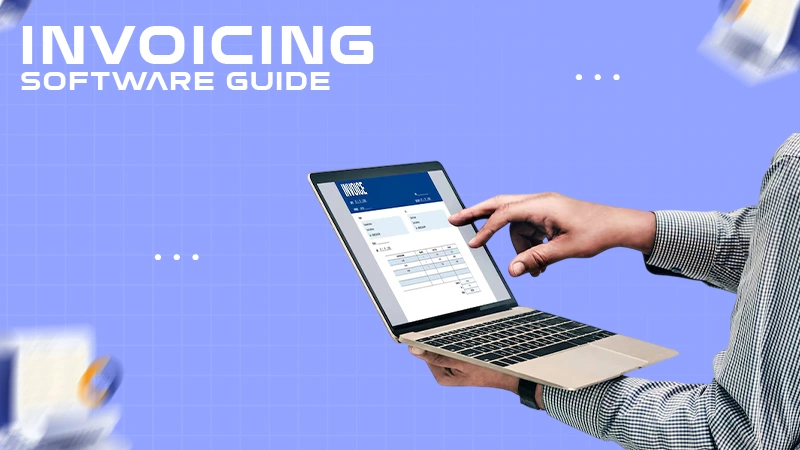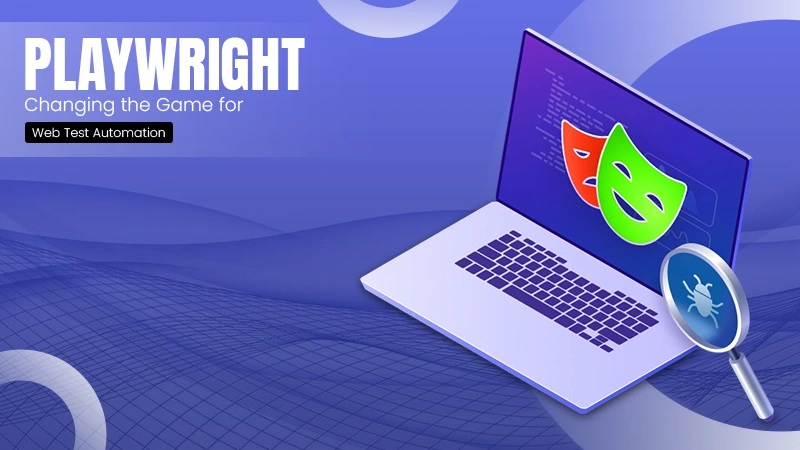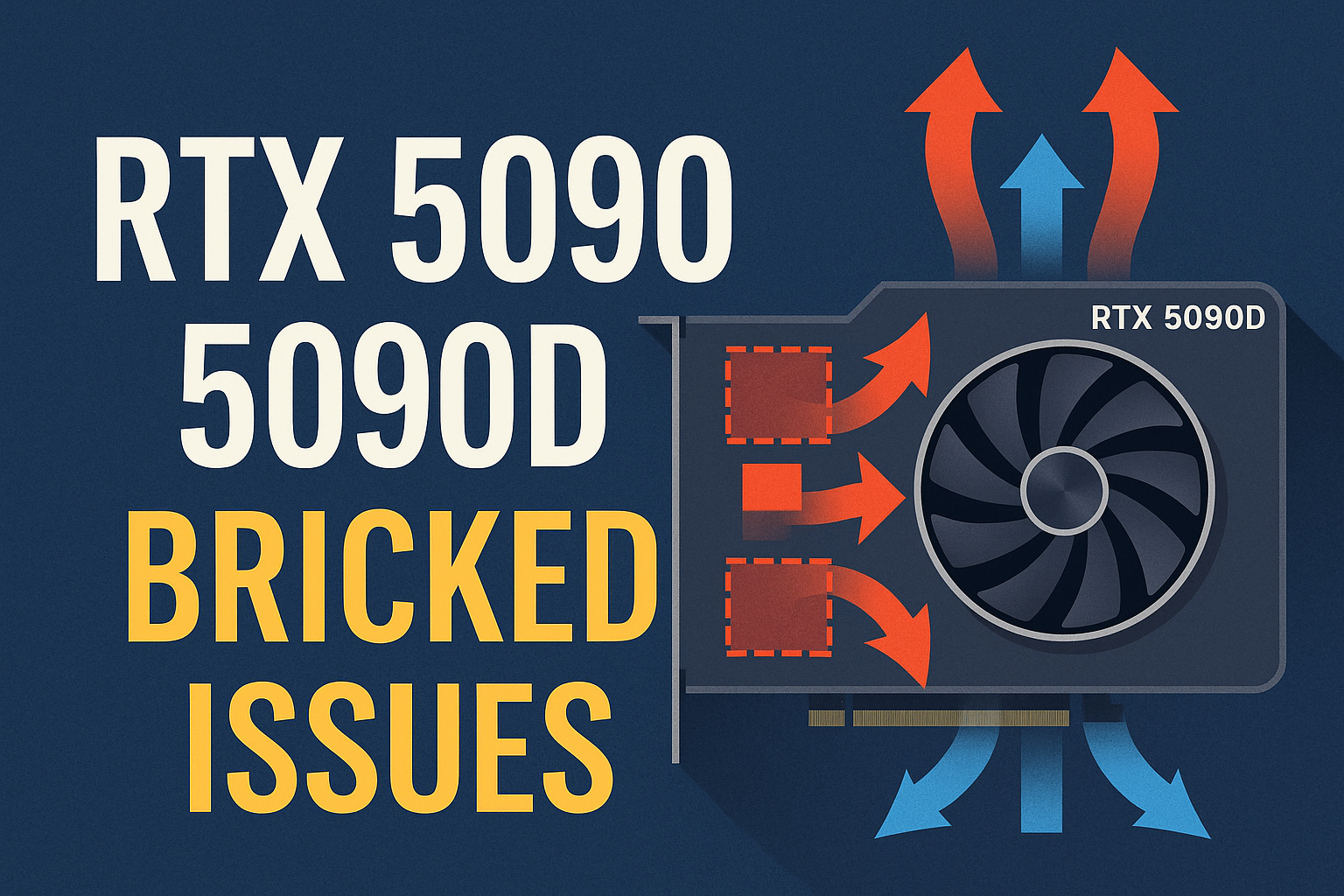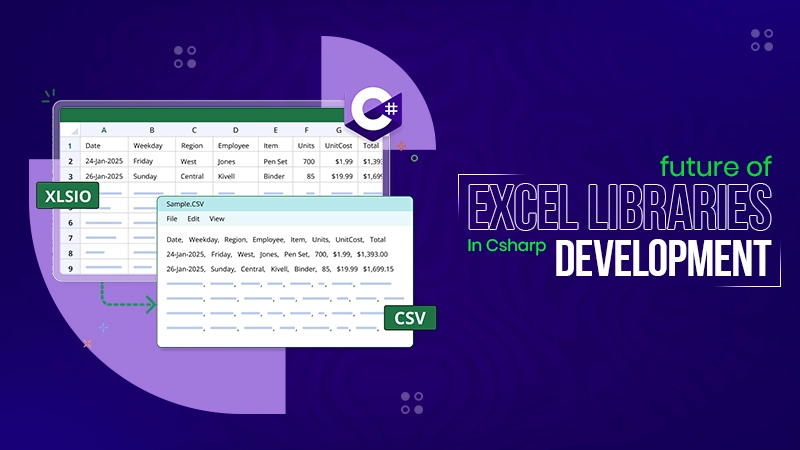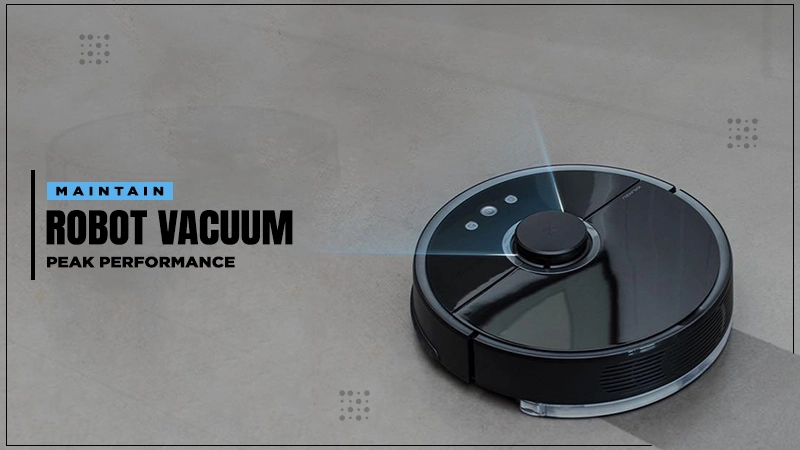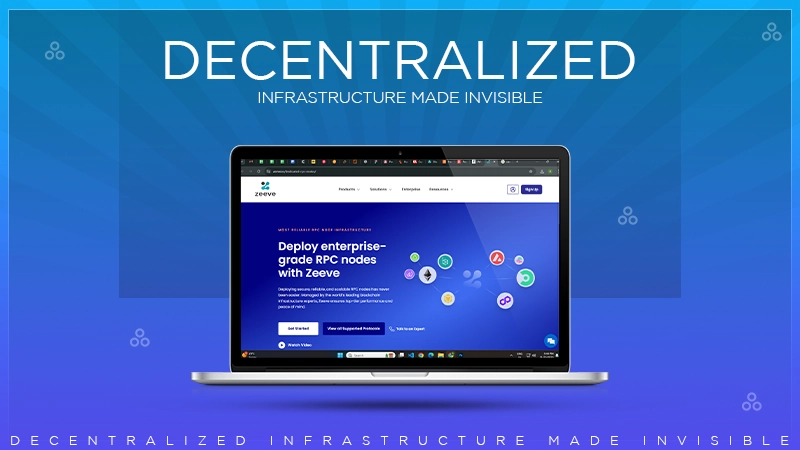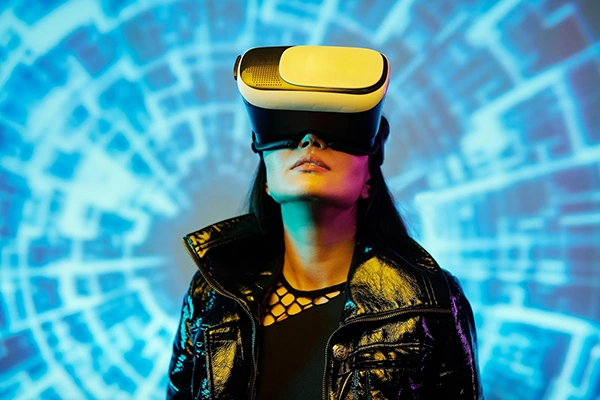
While retail still dominates the AR landscape-making up about 55% of applications last year-the technology has broken free from its commercial roots and ventured into spaces where its impact goes way deeper than helping us visualize how that IKEA couch might look in our living rooms.
The explosion of AR across different sectors has created a flood of sensitive data-spatial mapping, biometric information, environmental captures, you name it. DSPM explained simply is Data Security Posture Management-a framework that’s become crucial for organizations taking AR beyond retail applications. It’s essentially a comprehensive approach to keeping all that AR data secure through constant monitoring, spotting vulnerabilities, and fixing risks automatically before they become problems. Think about it: when AR is used in healthcare, patient information could be exposed; in manufacturing, proprietary processes might be captured. Good DSPM implementation means we can enjoy all the benefits of these immersive technologies without sacrificing data privacy or security. Traditional security approaches just can’t cut it anymore with the complex considerations that come with AR expanding beyond consumer applications.
Healing through holograms
Walk into an operating room in 2025, and you might do a double-take. Today’s surgeons navigate complex procedures with digital overlays highlighting critical structures-turning formerly invisible danger zones into clearly marked territories. This isn’t just cool technology for technology’s sake-it’s actually saving lives.
I don’t need to make up quotes from impressed doctors when the numbers tell the story better than I could. The AR/VR healthcare market is racing toward $10.82 billion this year, with AR growing 38.38% faster than virtual reality. Why such dramatic adoption? Simply put, AR solves real problems instead of creating artificial ones.
Medical schools have jumped on board with surprising enthusiasm. The market for metaverse-based medical training alone is expected to grow 8-9% yearly over the next five years. Med students no longer just memorize textbook illustrations-they now manipulate holographic organs and peel away virtual layers to understand complex systems. Instructors can map anatomical structures straight onto practicing students, so converting abstract ideas into observable, physical reality. The advantages go far beyond the classroom. Imagine attempting to explain a difficult cardiac surgery to a worried patient. Now imagine a three-dimensional, throbbing heart hovering between you. Suddenly, the invisible becomes visible; the complicated becomes simple. Those days of doctors hurried doodles and dog-eared papers trying to communicate? Well and truly over.
Textbooks come alive
Though its reach may eventually be more significant, the classroom change hasn’t made news like the AR revolution in healthcare. From textbook pages, historical people emerge to give their well-known speeches directly in front of students. Abstract mathematical equations become 3D forms children can control. Rather than staying static drawings on a page, chemical bonding processes play out before their eyes.
Market watchers have definitely noticed what’s happening. The global AR/VR education market hit $3.8 billion in 2023 and is speeding toward $14.2 billion by 2028-growing at a breathtaking 29.6% annually. These aren’t pie-in-the-sky projections; they represent actual investments in fundamentally changing how knowledge passes between generations.
College recruitment has been completely upended too. Those glossy brochures and carefully scripted campus tours are giving way to self-guided AR explorations. Prospective students can point their phones at campus buildings to see what happens inside, learn about the history, or peek into research projects currently underway. Dorm visits now include AR overlays showing possible furniture arrangements. That crucial question-“Can I see myself here?”-has transformed from metaphorical to literal.
What makes this shift in education particularly exciting isn’t just the wow factor-it’s how specialized knowledge is becoming democratized. Complex surgical procedures, archaeological digs, astronomical phenomena-experiences once limited to specialists are now accessible to anyone with a compatible device. And with 3.6 billion AR-compatible smartphones out there right now, that’s a huge chunk of humanity.
By slashing latency and boosting bandwidth, 5G enables AR experiences that require split-second data processing-essential for applications where milliseconds matter, from guiding a surgeon’s hand to preventing industrial accidents.
Perhaps most fascinating is how quietly AI has integrated itself into AR systems. Today’s augmented reality doesn’t just overlay digital information; it actually understands what you’re looking at. Point your device at a machine part, and AI figures out not just what you’re seeing but what you probably want to know about it. This contextual awareness transforms AR from technology that requires specific commands into something that seems to read your mind.
These converging technological breakthroughs help explain the jaw-dropping market projections: from $140.34 billion in 2025 to $1,716.37 billion by 2032, growing at 43% annually. Numbers this big suggest something beyond incremental change-they point to a fundamental shift in how we interact with information in our physical world.
Where reality meets potential
As we navigate this augmented future, patterns emerge across all sectors embracing the technology. AR proves most valuable when it reveals what was previously hidden-anatomical structures in medicine, conceptual relationships in education, system statuses in factories. The technology bridges the gap between abstract knowledge and concrete understanding in ways previously impossible outside of science fiction.
This quiet revolution in augmented reality reminds me that technological change often happens gradually, then suddenly. While we were distracted by retail gimmicks and entertainment applications, AR infiltrated some of our most crucial industries. Now, as we look up from our devices, we find the world already augmented in ways we barely noticed happening. And honestly? We’re just getting started.


